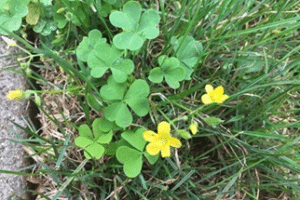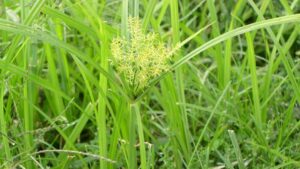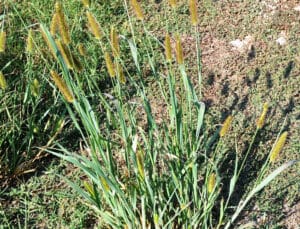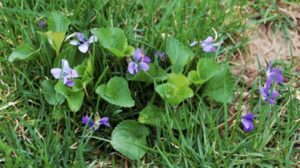Ilex crenata ‘Sky Pencil’
Description
Famous for its good looks, from our nation’s capital to your backyard, the Sky Pencil Holly is a popular, versatile evergreen tree. Especially since it can be planted as an accent on the corners of your exterior, or in rows for a narrow hedge, or alone as an ornamental.
But no matter how you use it, you can expect hassle-free care. You’ll be fascinated by the Sky Pencil Holly’s shape – growing skyward naturally without the need for trimming (unless you want to keep them at a specific height). So, if you’re looking for a sleek, updated, stylish look, use these Hollies with their tall, narrow, columnar shape.
Plus, it’s one of the few plants whose branches grow upward. And very few shrubs can give you this kind of height without encroaching on nearby plants. The Sky Pencil’s benefits are endless, from its sleek silhouette to its cold-hardy growth, all the way down to -10 degrees.
Planting
Choose a planting location with ample sunlight and protection from harsh winds. Although partial sun is tolerable, we recommend full sun (6 to 8 hours of sunlight each day) whenever possible. For best growing results, make sure the soil drains well. Then, dig the hole twice the width and the same depth as the Sky Pencil’s root ball. Carefully place the tree in the center of the hole, hold the sky pencil straight and begin to back fill with the removed soil. Add organic matter to the soil as necessary to improve drainage. Water the planting site to settle the soil and then mulch to retain soil moisture.
Watering
Water your Sky Pencil Holly regularly to help the root system become well established. As a good rule of thumb, check soil surrounding your tree to make sure it’s moist, but not soggy. If the leaves become pale green in color this could be an indication that too much water is present in the soil.
Fertilizing
Fertilize your Sky Pencil Holly tree once annually with a slow-release fertilizer.
Pruning
Pollination
You will need both to produce berries on the female plant. However, hollies are hard to tell apart when they are not fruiting, and we can’t guarantee whether you will receive a male or female. For best results, we suggest planting in groups to enjoy berries on the female plants and lush greenery on both year-round.
| Growing Information | |
| Mature Height: | 4-10 ft |
| Mature Width: | 1-3 ft |
| Sunlight: | Full to Partial Sun |
| Bloom Time: | |
| Growth Rate: | Slow |
| Grows Well in Zones: | 5-8 |
| Your Growing Zone: | 6 |





